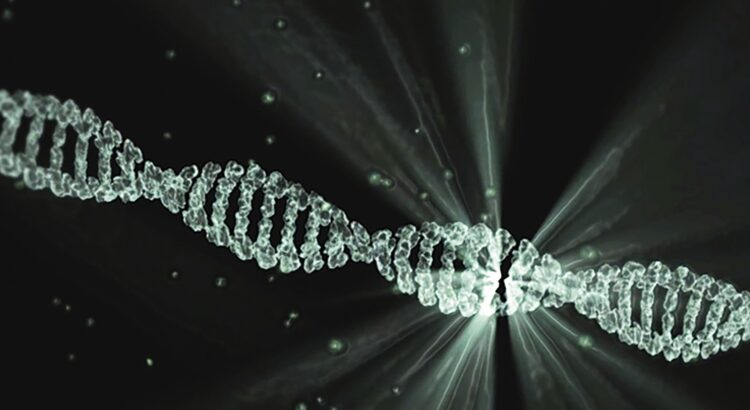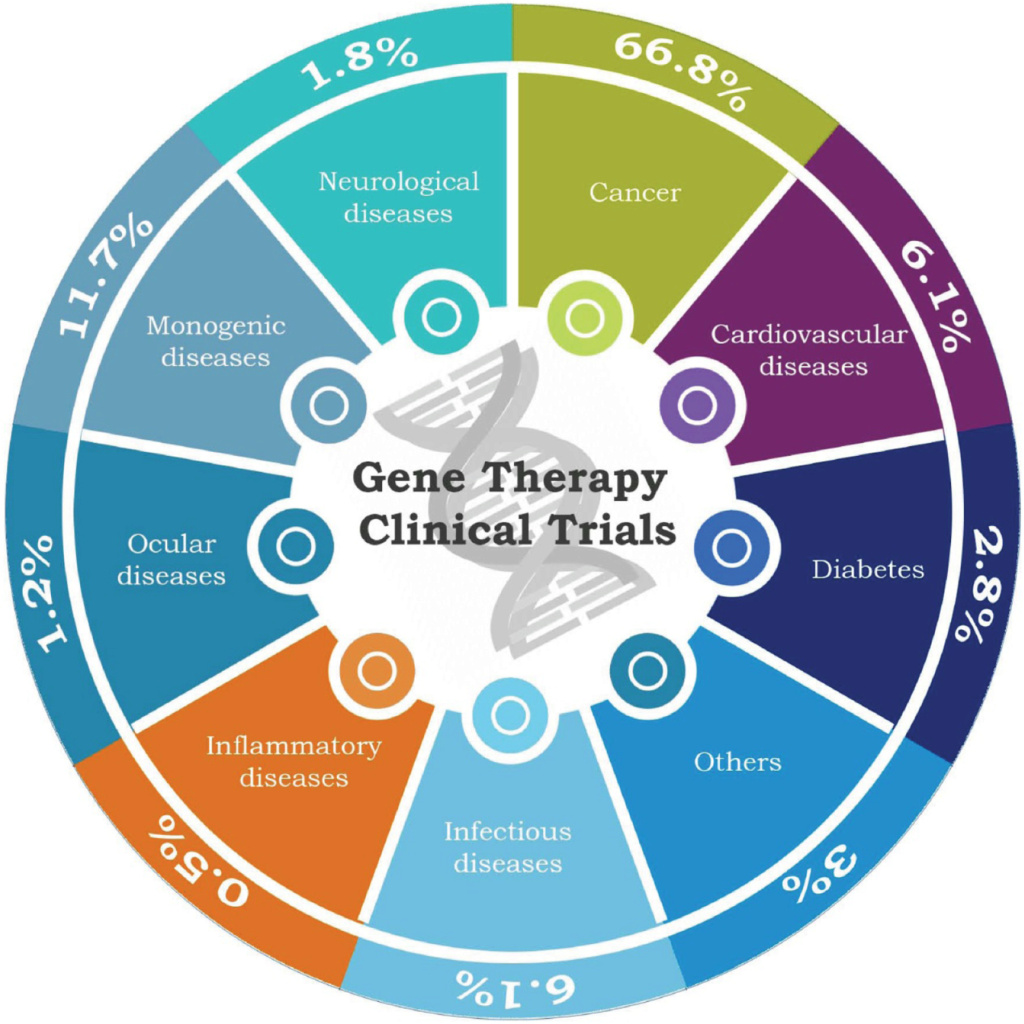?What if non-coding DNA was more important than expected

Non-coding DNA could ultimately be far more useful than previously thought. Credits: Pixabay.
The human genome consists of nearly three billion base pairs. However, among this incredible amount of information, only 2% is actually used to code proteins. The remaining 98% of non-coding DNA is considered useless. This conclusion may be too hasty and this "junk" DNA could well be some kind of genetic treasure trove.
Underestimated non-coding DNA? The DNA of organisms often consists of millions or even billions of base pairs. Only, in most cases, very little of this information actually makes it possible to code proteins.
This is also the case in humans, where of the three billion existing base pairs , only 2% make it possible to code proteins. The rest, called non-coding DNA, has long been considered useless. However, a team of researchers from Tel Aviv University has just published other findings in the journal The Royal Society .
Non-coding DNA, coding DNA… what are the differences?
DNA is a universal molecule. It is found in all living beings and forms the chromosomes. This macromolecule is made up of the famous four letters A, T, G and C, commonly called the nitrogenous bases. This is why we often estimate the size of the genome in “base pairs”.
In almost all living beings, DNA is divided into coding and non-coding parts. The latter is often the majority. Non-coding DNA has long been called 'junk DNA' or 'satellite DNA'. It is the set of sequences in the genome that do not end up being translated into proteins. However, currently, its biological functions are still poorly known, and even underestimated.
Still, researchers have uncovered a few of its roles. Certain non-coding regions thus play a role in the regulation of transcription. This is the step of creating messenger RNAs by copying one of the DNA strands. Other sequences will allow the organization and maintenance of the genome.

There are several types of non-coding DNA. They may in particular be repeated sequences, either in tandem (satellite DNA, mini satellite or microsatellite) or isolated. The latter are then transposons or retroviruses. Introns can also interrupt coding sequences.
A renewed interest in introns
In 1977, two scientists independently discovered these famous introns. The latter are dispersed within our genome, however some can also interrupt the coding sequences. For this discovery, Richard Roberts and Phil Sharp received a Nobel Prize.
These introns are found mostly in complex genomes, such as those of humans, but do not clutter the sequences of bacteria. When they cut the coding sequences, they therefore add work to the translation process. This is the mechanism for obtaining proteins from messenger RNA, itself obtained from DNA.
When an intron inserts itself into a protein coding sequence, it is also translated. This therefore forces the cells to set up fairly heavy processes to remove this irrelevant information that makes the proteins inactive. And this, permanently! To get an idea, imagine that every day you have to delete thousands of nonsense words in order to read and understand a sentence.
This therefore gives the impression of a vast waste of time for living beings, excluding prokaryotes. In addition, the number of inputs differs depending on the species. Thus, humans have nearly 140,000 introns, while rats have more like 33,000, while yeast has barely 300.

The introns could protect the coding sequences against mutations which would induce deletions.
?Why is this non-coding DNA still present
?In view of the wasted time generated by the processing of this non-coding DNA, one may wonder why evolution did not end up eliminating it
First, the scientists hypothesize that deleting even "unnecessary" pieces of DNA around coding sequences could likely harm the animal's survival, as it could also lead to the deletion of bad ones. sequences.
Eventually, around these coding regions (at “borders”), “junk” DNA might even protect them. It would then act as a sort of buffer, protecting the coding sequences from mutations that could seriously affect them.
To see this hypothesis in action, the scientists created a mathematical model. This model, which is called "boundary-induced selection", explains two things. First of all the reason for the length of the introns. The longer they are, the more the DNA sequences into which they fit are subject to significant deletion and mutation pressure. Having long introns therefore protects them.
This interpretation would also explain why there are such large differences in the number of introns by species: not all are subject to the same mutational pressure.
It may be time to revisit the term non-coding DNA. It may simply be our knowledge that is incomplete and this DNA would have functions that we do not yet understand. New functions to this DNA are increasingly emerging. What was therefore a “trash can” could well be a kind of genetic treasure…
?Question: Do the twins have the same DNA
Identical twins are fertilized from the same egg, so they have the same genes. They share the same DNA, but they are not necessarily identical. Indeed, when the zygote divides into two embryos, the DNA immediately begins to diverge for each of them. The DNA difference is not detected in ordinary tests, but if the complete genome of both twins is tested, there are clear differences. Each person's DNA invariably differs, even for twins. Another similar example: the fingerprints on an identical twin pair also differ.
Source : websites

